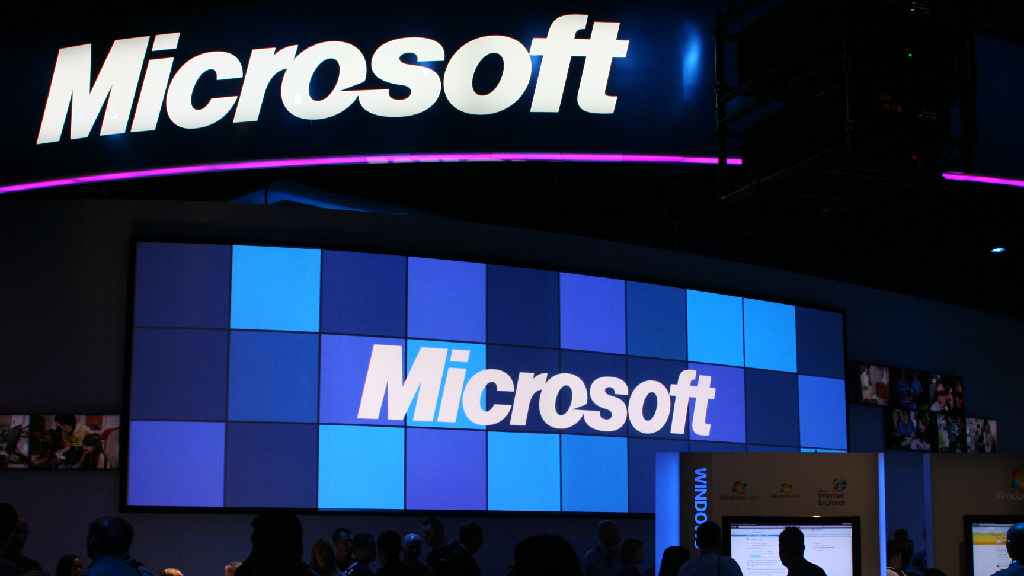
Microsoft Says Cyber-Attack Triggered Latest Outage | Complete Analysis
Contents
Microsoft cyber-attack outage
Microsoft Says Cyber-Attack Triggered Latest Outage | Complete Analysis


- Incident Overview:
- Outage Details: Microsoft recently experienced a global outage affecting several of its products, including Outlook and Minecraft. The company reported that the incident lasted nearly 10 hours, impacting thousands of users.
- Cause of the Outage:
- Cyber-Attack: Preliminary investigations revealed that the outage was caused by a cyber-attack. The attack was identified as a Distributed Denial-of-Service (DDoS) attack, which overwhelms a website or online service with traffic to make it inaccessible.
- Defensive Failures: The attack’s impact was exacerbated by a failure in Microsoft’s defensive measures. An error in implementing these defenses amplified the effects of the attack instead of mitigating them.
- Previous Outage:
- CrowdStrike Incident: This incident follows a previous global outage caused by a flawed software update from cybersecurity firm CrowdStrike. That outage had affected around 8.5 million computers, impacting sectors such as healthcare and travel.
- Affected Services:
- Microsoft Products: The outage impacted Microsoft Azure (the cloud computing platform), Microsoft 365 (including Office and Outlook), Intune, and Entra.
- External Impact: Other services relying on Microsoft platforms were also affected. For example, Cambridge Water, HM Courts and Tribunals Service, NatWest bank customers, and FC Twente’s ticketing website experienced issues.


- Response and Resolution:
- Fix Implemented: Microsoft has implemented a fix that shows improvement, and the company continues to monitor the situation to ensure full recovery.
- Apology: The company has apologized for the inconvenience caused to its users and has updated its status on X (formerly Twitter).
- Financial Context:
- Impact on Microsoft’s Financials: The outage occurred shortly before Microsoft was scheduled to provide its latest financial update. Despite the outage, Microsoft’s “intelligent cloud” unit reported a 21% revenue increase, with overall revenue rising 15% to $64.7 billion, and profit increasing 11% to $22 billion.


Problems of the Outage
- Service Disruption:
- Impact on Users: The outage disrupted services for thousands of users globally, including critical services like email and gaming platforms. This led to significant inconvenience for both individuals and businesses.
- Defensive Shortcomings:
- Inadequate Defenses: The failure in defensive measures not only allowed the DDoS attack to cause damage but also highlighted weaknesses in Microsoft’s cybersecurity infrastructure.
- Financial and Operational Impact:
- Pre-Financial Update Timing: The outage occurred just before Microsoft’s financial update, potentially affecting investor confidence and stock performance.
- Operational Disruption: The outage affected various sectors and services relying on Microsoft’s cloud platform, including banking, water services, and legal institutions.
- Public Perception:
- Trust Issues: Repeated outages and security issues can damage public trust in Microsoft’s reliability and security, impacting its reputation as a tech leader.
- Recovery and Long-Term Impact:
- Ongoing Monitoring: While a fix has been implemented, the need for continuous monitoring and improvements in cybersecurity practices is crucial to prevent future incidents.


Conclusion
The recent Microsoft outage, triggered by a cyber-attack and compounded by defensive failures, highlights vulnerabilities in even major tech infrastructures. While Microsoft has addressed the immediate issues and apologized for the disruption, the incident underscores the need for robust defense mechanisms against cyber threats. Despite this setback, Microsoft’s financial performance remains strong, with significant revenue growth in its cloud computing segment.
FAQs
Q1: What caused the recent Microsoft outage?
- A1: The outage was caused by a Distributed Denial-of-Service (DDoS) attack and was worsened by a failure in Microsoft’s defensive measures.
Q2: How long did the outage last?
- A2: The outage lasted almost 10 hours.
Q3: Which Microsoft products were affected?
- A3: The outage impacted Microsoft Outlook, Minecraft, Microsoft Azure, Microsoft 365, Intune, and Entra.
Q4: What was the impact of the outage on other services?
- A4: Other services relying on Microsoft platforms, such as Cambridge Water, HM Courts and Tribunals Service, NatWest bank, and FC Twente’s ticketing website, also experienced issues.
Q5: What has Microsoft done to address the outage?
- A5: Microsoft has implemented a fix for the problem and continues to monitor the situation to ensure full recovery. The company has also apologized to affected users.
Q6: How did the outage impact Microsoft’s financial performance?
- A6: Despite the outage, Microsoft’s “intelligent cloud” unit saw a 21% revenue increase, and overall revenue rose 15% to $64.7 billion. Profit also increased by 11% to $22 billion.
Q7: What was the previous major outage related to Microsoft?
- A7: The previous major outage, caused by a flawed software update from cybersecurity firm CrowdStrike, affected around 8.5 million computers, impacting sectors like healthcare and travel.
Q8: How did the outage affect Microsoft’s stock?
- A8: Shares in Microsoft dropped by 2.7% in after-hours trading following the report of weaker-than-expected growth in the April-June period.





















1 comment